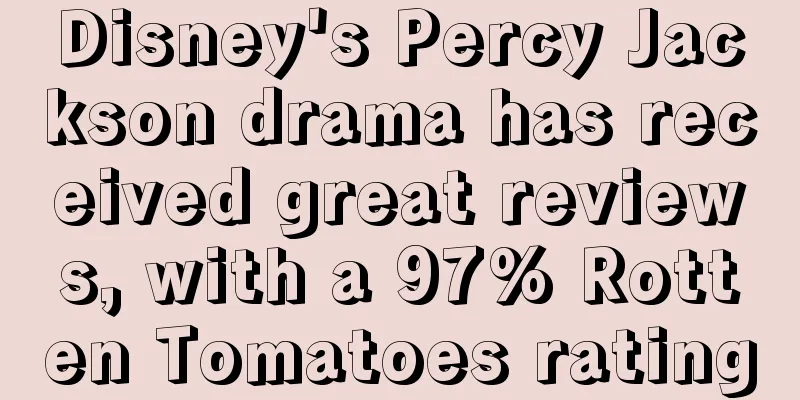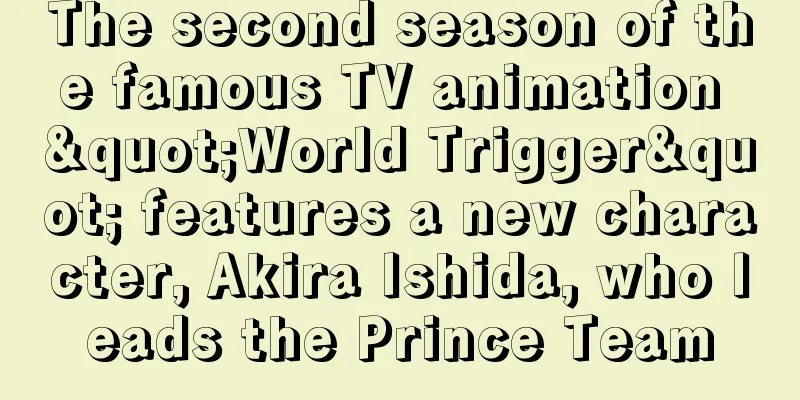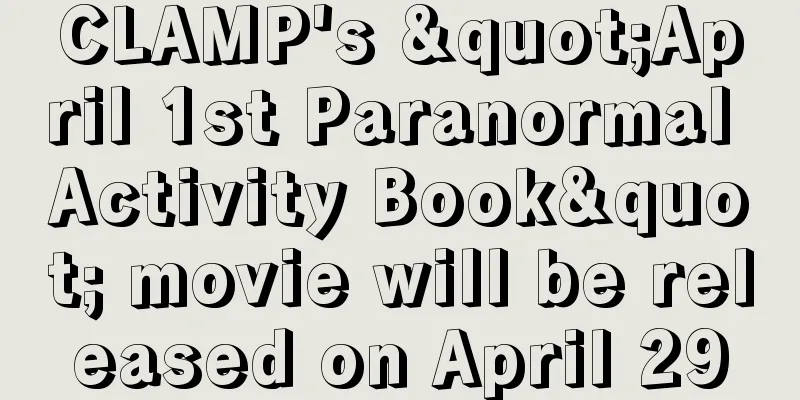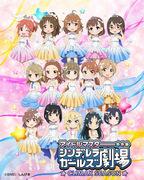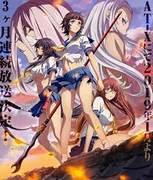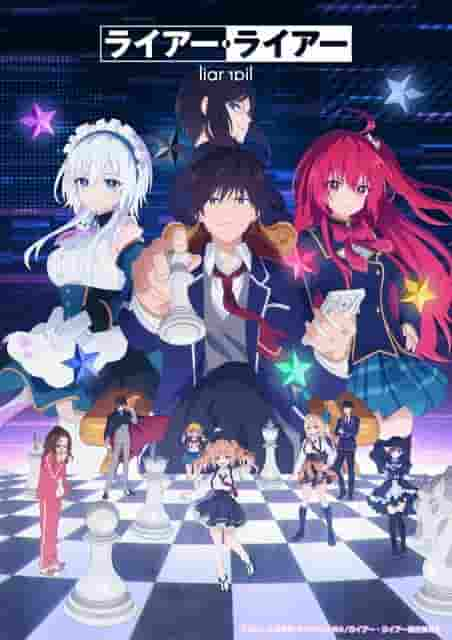Detailed review and rating of New Star of the Giants II Episode 9

The appeal and evaluation of New Star of the Giants II"New Star of the Giants II," which aired in 1979, was the second TV anime series based on the classic manga "Star of the Giants," written by Ikki Kajiwara and illustrated by Noboru Kawasaki. The series was produced by Yomiuri TV and Tokyo Movie, and aired a total of 23 episodes from April 14 to September 29, 1979. This 30-minute anime was loved by many viewers, not just baseball fans. storyThe story of "New Star of the Giants II" depicts the new challenge of Hoshi Hikaru, who has made a spectacular comeback as a right-handed pitcher. During his fierce battles with his old rival, the star pitcher Samon, and Romeo Nanjo, a South American player who came to the Hanshin Tigers, Hikaru's pitches are seen through and he is demoted to the second team. However, during his slump, Hikaru gets a hint for a new magic ball, and the show depicts him perfecting the "Major League Ball Right No. 1," a fastball that looks like a mirage. This story touched viewers as a drama of failure and recovery. castThe cast of this work is a luxurious lineup of voice actors, including Toru Furuya as Hikaru Hoshi, Fuyumi Shiraishi as Akiko Hanagata, Makio Inoue as Mitsuru Hanagata, Joji Yanami as Chuta Ban, Shingo Kanemoto as Hosaku Samon, Ryoichi Tanaka as Futoshi Marume, Seizo Kato as Ittetsu Hoshi, and Yo Inoue as Sachiko. The performances of these voice actors brought out the individuality of the characters and left a deep impression on the viewers. Main StaffMany staff members were involved in the production of "New Star of the Giants II." The script was written by Kaneko Yutaka, Shiroyama Noboru, and Araki Yoshihisa, the composition was by Imazawa Tetsuo, and the direction was by Imazawa Tetsuo and Nagaoka Akinori. The animation director was Kosai Takao, the layout was Araki Shingo, and the key animation was by Maeda Minoru and Suzuki Kinichiro. The art director was Kobayashi Shichiro, the art setting was Anan Takao and Aoki Katsushi, the sound effects were Kataoka Yozo, the sound director was Yamazaki Akira, the sound engineer was Yamazaki Kinya, the cinematographer was Arai Takafumi, the cinematographer was Nishimura Tee, the editors were Tsurubuchi Masatoshi and Takahashi Kazuko, the music was Watanabe Takeo, and the title was Takagu Hideo. The Tokyo Yomiuri Giants also cooperated, and the sound engineer was Mizuno Akira, and the producers were Fukuo Motoo (YTV) and Akagawa Shigeru. The quality of the work was improved thanks to the efforts of these staff members. Theme songs and musicThe opening theme was "Sweat in the Heart," sung by Mizuki Ichiro, with lyrics by Yamakawa Keisuke, music by Watanabe Takeo, and arrangement by Kuni Kawachi. The ending theme was "Go Go Hiouma," sung by Sasaki Isao Toko Orogi '73, with lyrics by Tokyo Movie Kikakubu, music by Watanabe Takeo, and arrangement by Matsuyama Yuji. These songs enhanced the atmosphere of the anime and left a lasting impression on viewers. Evaluation and Appeal"New Star of the Giants II" has been highly praised by many viewers for faithfully recreating the appeal of the original work while depicting new story developments and character growth. In particular, the process leading up to the creation of Hikaru Hoshi's new magic pitch, "Major League Ball Right No. 1," moved viewers. In addition, the efforts of the splendid voice actors and staff raised the quality of the work, leaving a deep impression on viewers. The appeal of this work is the human drama depicted through the sport of baseball. The story unfolds in a way that will move viewers, including Hikaru Hoshi's failure and recovery, his fierce battles with rivals, and the bonds he forms with his family and friends. In addition, the content is enjoyable not only for fans of the original work, but also for new viewers, and the series has been supported by a wide range of people. Recommended pointsThe reasons why we recommend "New Star of the Giants II" are as follows:
summary"New Star of the Giants II" has been highly praised by many viewers for its new story development and character growth while retaining the appeal of the original work. The story will move viewers with stories such as Hikaru Hoshi's failure and recovery, his fierce battles with rivals, and the bonds he forms with his family and friends. In addition, the quality of the work has been raised thanks to the efforts of the stellar voice actors and staff, leaving a deep impression on viewers. This is a work that can be recommended to many viewers, not just baseball fans. |
Recommend
"Talking Tom Cat" will be filmed as a live-action animated film, the release date is yet to be determined
Recently, there is news that Talking Tom Cat will...
The broadcast time of "Love Apartment 5" was exposed, and the official announcement was deleted within seconds
Today (January 3), the official Weibo account of ...
The martial arts film "The Nameless Madman" produced by Feng Xiaogang released a preview trailer to tell the story of the martial arts world in the Ming Dynasty
Today (August 13), the martial arts film "Th...
A thorough review of "Tomoko's Adventure on a Crane"! A fascinating and moving journey
A comprehensive review and recommendation of &quo...
"The Secret Life of Pets" - A combination of charming characters and a deep story
"Pets": Experience the world of Miyake ...
"The Wandering Earth" box office exceeds 3.4 billion and ranks third in Chinese film history
As of 24:00 on February 15, the official Weibo ac...
Marvel Animated Series "What If..." Previews an Infinite Multiverse of Possibilities
The trailer for the Marvel animated series "...
The new Batman movie is finished and will be released on March 4, 2022
The new Batman director Matt Reeves recently anno...
Amazon's "Like a Dragon" live-action series is now available for streaming
The highly anticipated Amazon live-action series ...
"Nezha 2" enters the global box office list and ranks 11th, surpassing the Avengers
The total box office of the movie "Nezha: Th...
The 3-minute feature film of the animated theatrical version of "Promia" was announced and will be released tomorrow
Today (June 4), the animated theatrical version o...
Shiba Inu Dog's Heart - A thorough review of soothing and moving animal animation
"Shibawanko no Wa no Kokoro" - A heartw...
The appeal and reviews of Tell Me Hokusai! -THE ANIMATION-
The appeal and evaluation of "Teach Me Hokus...
The appeal and evaluation of Sanshi Katsura's anime "Isseki"
Katsura Sanshi's Anime Class - Katsura Sanshi...
Japan's "Manga Awards 2021" nominations TOP10 announced, reviewing masterpieces from the past year
Japan's "Manga Award 2021" selectio...
